Reading the Collections, Week 5: Types Of Floral Mechanism
This week’s Reading the Collections gives me the perfect excuse to look at some of the work of one of my favorite botanical illustrators and to take a close look at some of the plants flowering in our gardens at this time of year.
I have been particularly interested in flowers and botanical illustrations since I was young and spent many hours drawing and painting pictures of them. Unfortunately they never came out the way I imagined them so these days I’ve taken to photographing them instead.
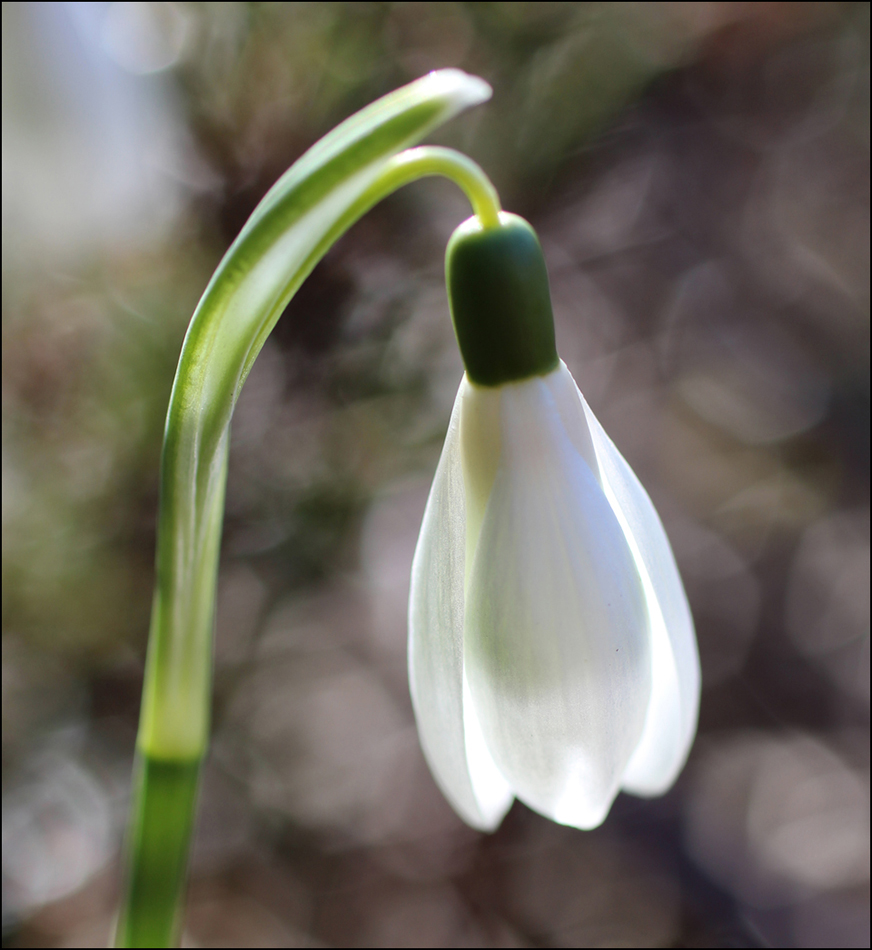
I’ve never lost my admiration for the skill of botanical artists such as Maria Sybilla Merian, Ferdinand Bauer and his brother Franz, and Walter Hood Fitch but one artist with whom I have a particular affinity is Arthur Harry Church. I first came across Church while researching an essay on how technology affected Botanical illustrations in a book called ‘The Art of Botanical Illustration’ by Wilfrid Blunt and William T. Stearn (1994) while doing my art degree. I discovered that the original Church illustrations were held in the Libraries of the Natural History Museum and as part of the research I was lucky enough to go to the NHM reading room and see the illustrations. I found it so inspiring having the opportunity to interact with these wonderful illustrations first hand. That was my first ever encounter with an archive, and the excitement I felt going into the reading room and seeing all the wonders was probably the experience that led me towards working in Special Collections.
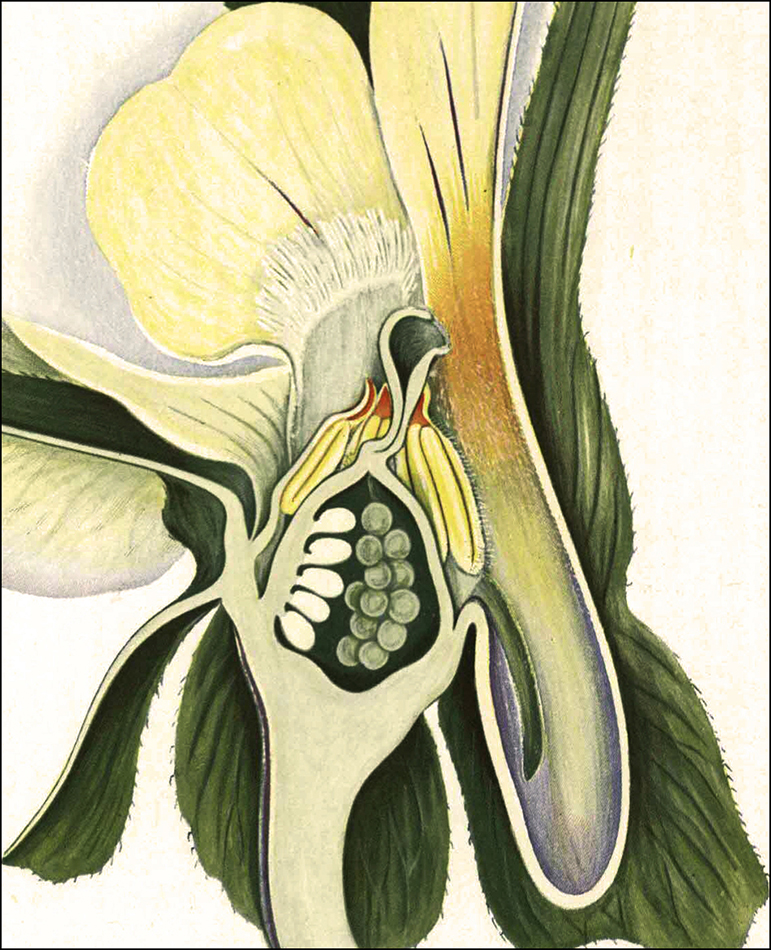
AH Church was born in 1865, the son of a Plymouth saddler. He was a pupil teacher at Ashburton Grammar School in Devon and then attended University College, Aberystwyth at the age of 20 and won a scholarship to study botany at Jesus College, Oxford. In 1894 he became a demonstrator in the University’s Department of Botany and also took the London D.Sc degree. From 1908-1930 he was a lecturer in Botany, and in 1921 was elected a Fellow of the Royal Society. He stayed in Oxford until his death in 1937. Church didn’t travel for his work, which was quite unusual for this time. He saw himself primarily as an academic and lecturer rather than an artist, and considered that his illustrations supplemented his scientific work.
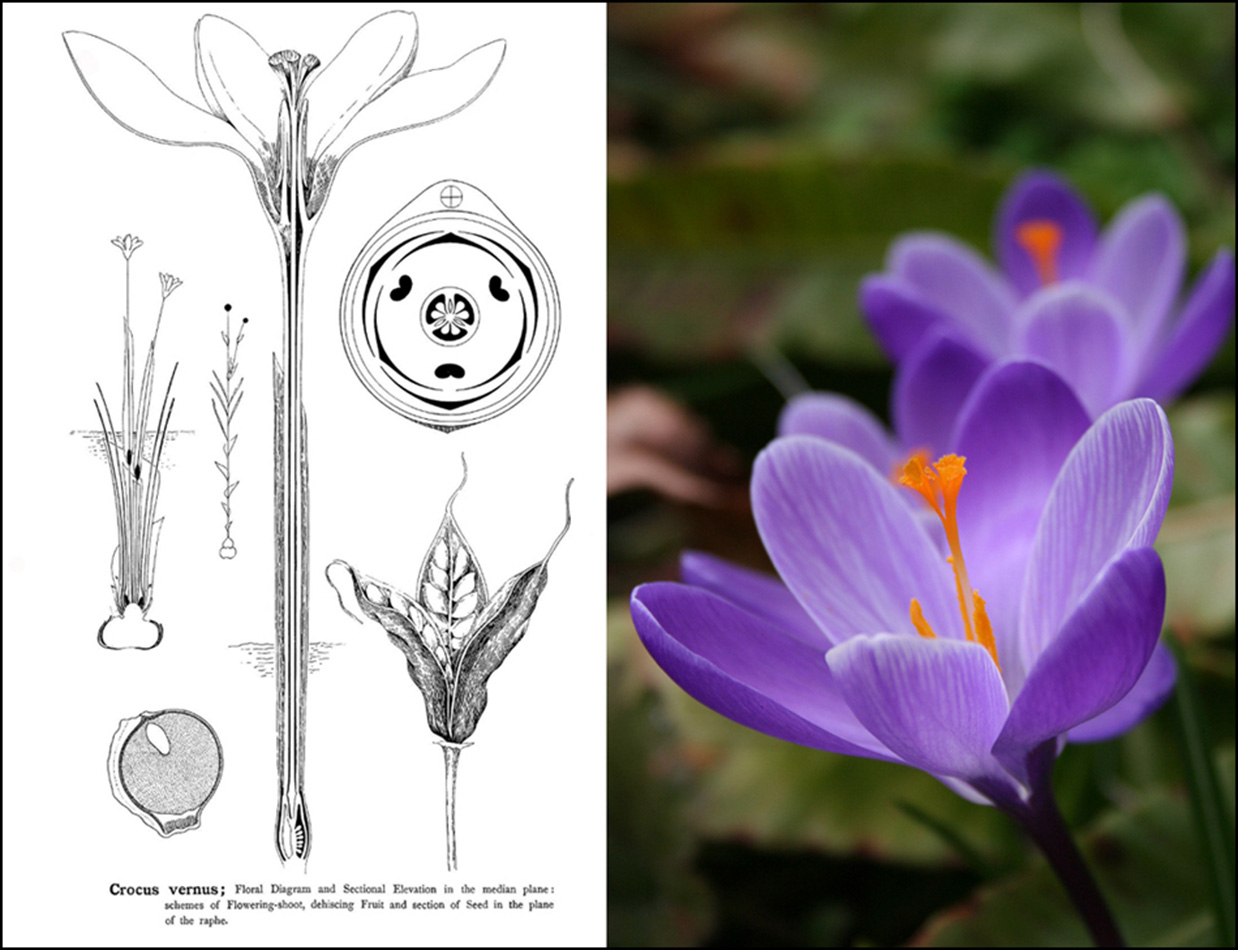
Church’s main interest lay in plant morphology and mechanism. In 1908 he published Types Of Floral Mechanism: A Selection Of Diagrams And Descriptions Of Common Flowers Arranged As An Introduction To The Systematic Study Of Angiosperms, Volume 1, Parts 1-12. The volume contained descriptions of twelve types of floral structures that bloomed in the early part of the year (Jan-April). Church’s ambition was to produce at least 3 more volumes to illustrate the hundred best flowers by season.
He describes the book as follows:
“Prepared for Class purposes, and limited to a hundred types as illustrating what may be termed in popular phraseology ‘The Hundred Best Flowers’ has been arranged for publication in the hope that it may prove useful, not only to other teachers and students, but also to all those who are interested in the study of the Natural History and problems of plant-life.”
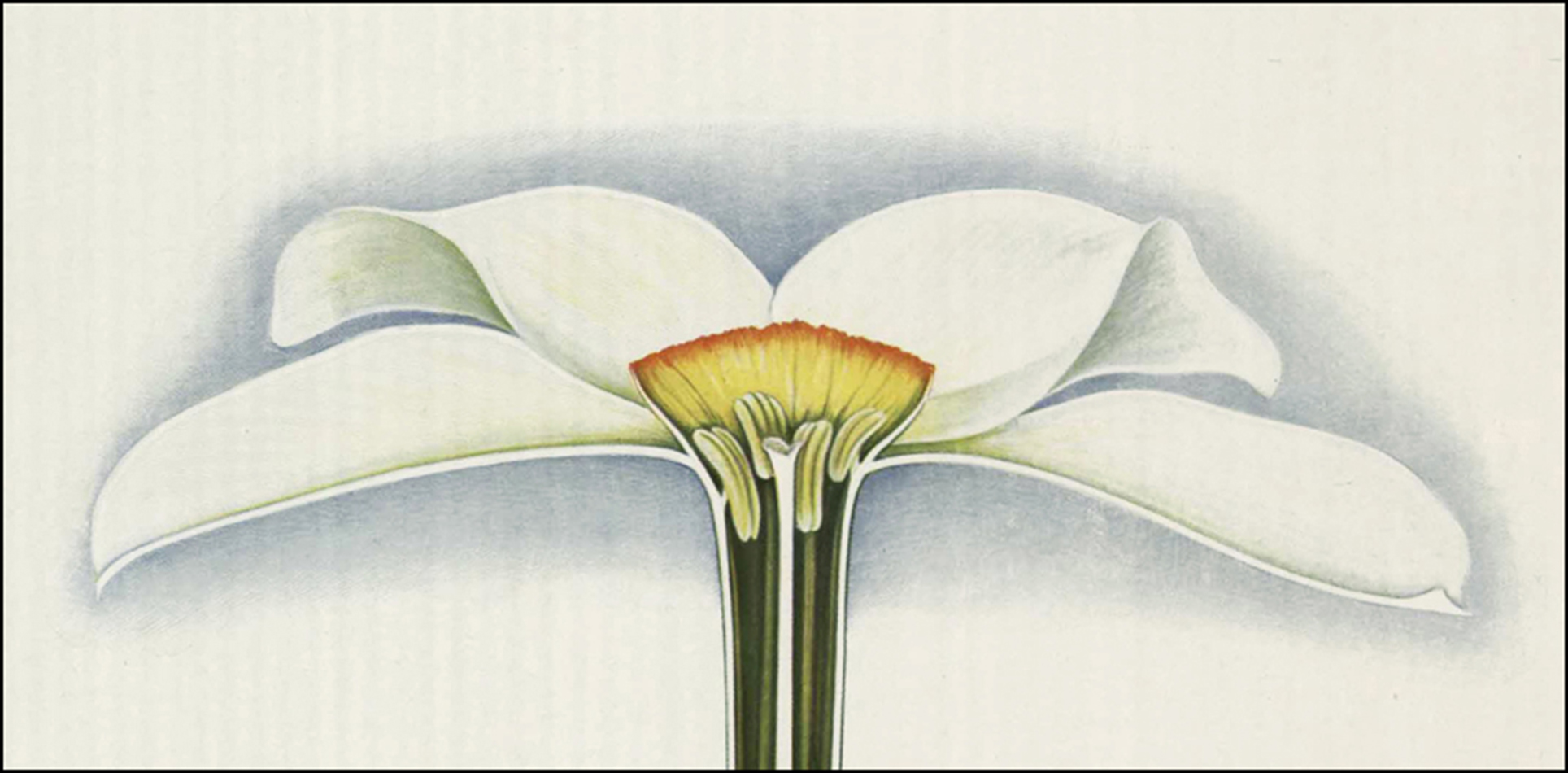
Unfortunately the cost of producing the publication was too high and no further volumes were ever published. Although severely disappointed, Church carried on with the work up to 1915, producing over 700 watercolours to illustrate the manuscript notes intended for the remaining volumes. These can all be found in the collections of the NHM.
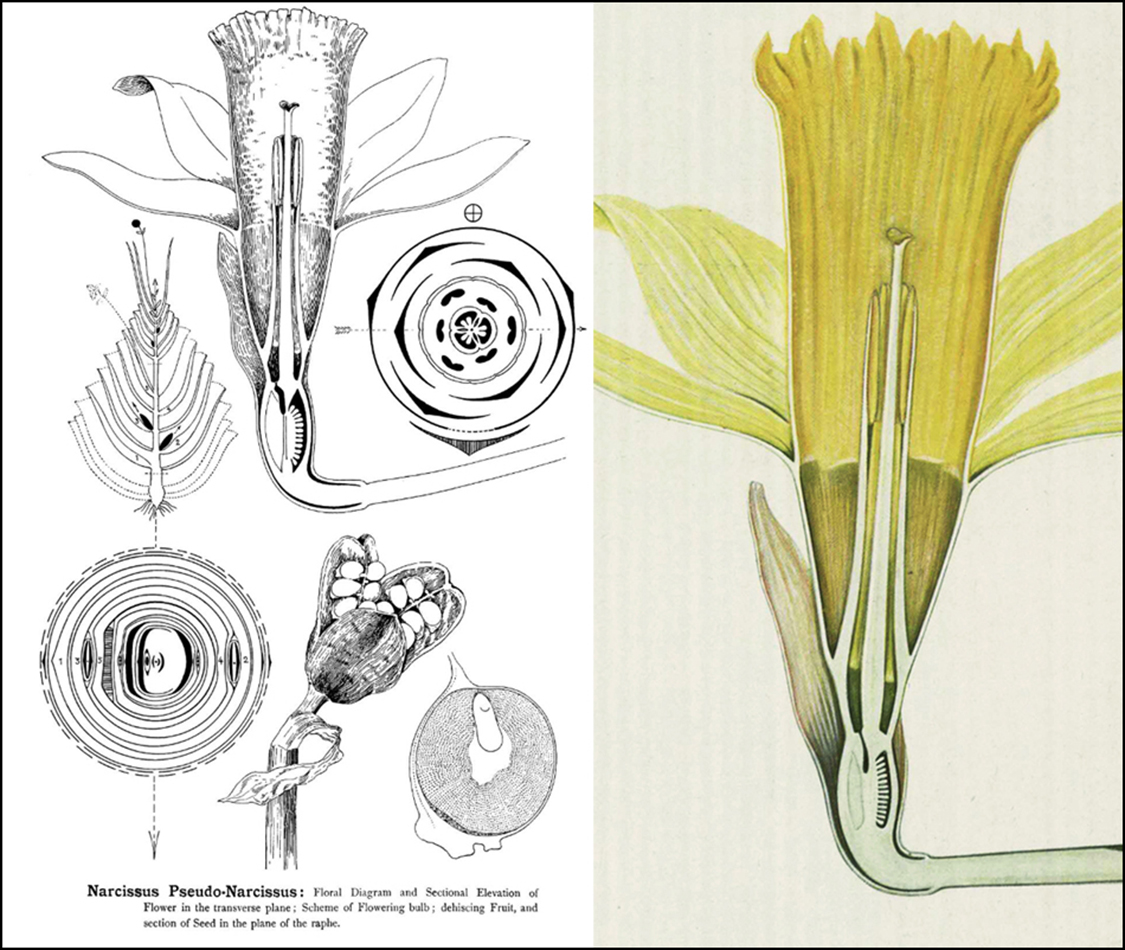
Each chapter is dedicated to a different flower, which is meticulously detailed in images and words. There is a full account of all the details of structure which includes an introduction, description, variations, floral diagram, development, sectional elevation, special mechanism, pollination, fruits and seeds. All are illustrated with various plates, both black and white and in colour. Church dissected the plants and then studied the different stages of their development. By slitting the flowers with a sharp blade he was able to reveal their inner mechanics, which he then drew to scale using microtechniques to show the smallest of details before painting them with watercolours.
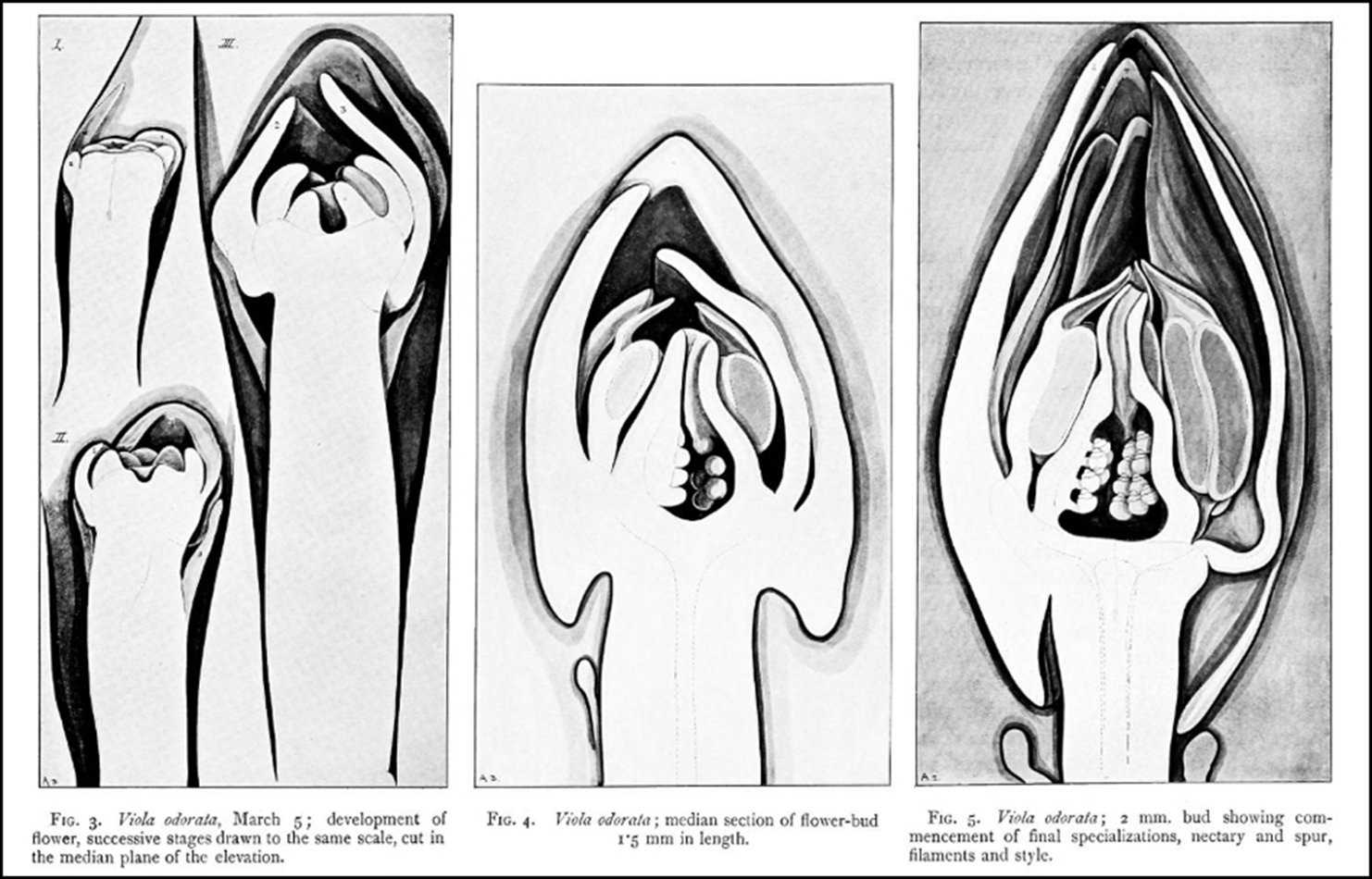
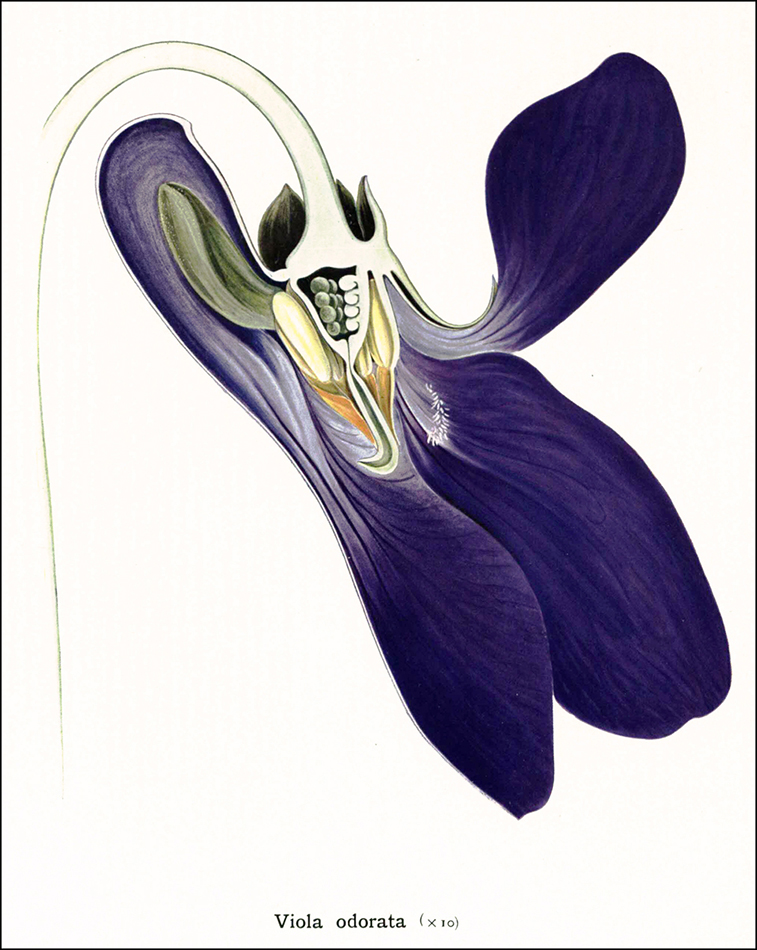
It is Church’s attention to the microscopic that I find so fascinating and it has inspired me in my own work, taking close-up photographs of flowers. Church’s illustrations have been compared to those of another inspirational artist, the American Georgia O’Keefe, who is probably best known for her close-up, large-scale paintings of flowers. Both artists bring a sensuality to their depictions of flowers, which was was also plainly visible in the Art Nouveau movement that was at its height at the beginning of the 20th century.
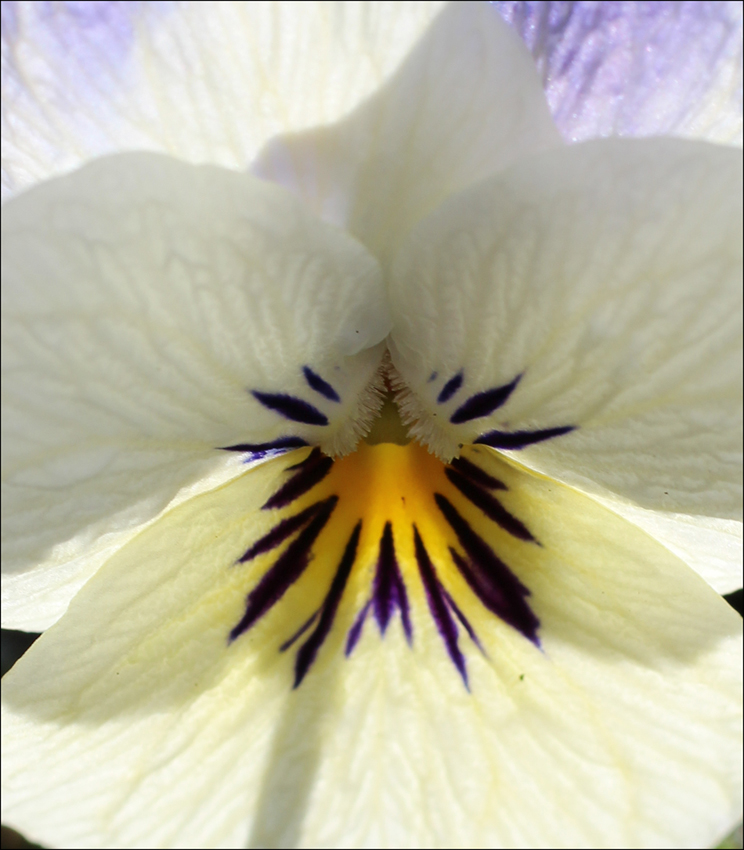
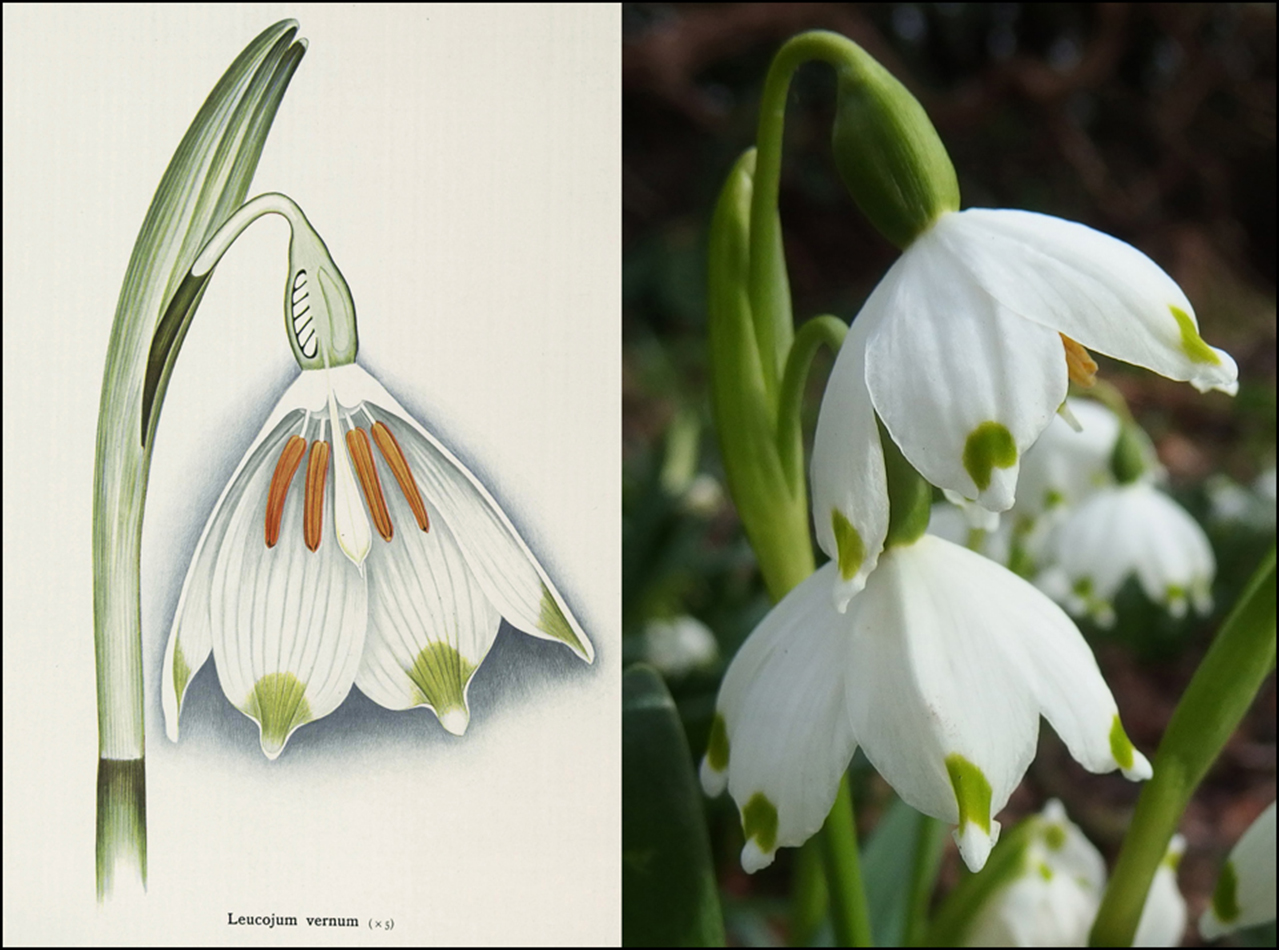
Church’s images have an originality to them that has endured. Unlike many other botanical illustrators whose work appears old-fashioned, his work could fit comfortably alongside that of botanical illustrators of the 21stcentury.
-Catriona Foote
Reading Room Administrator
In this writing, you will know how to draw easy flowers drawing. If you are a nature lover, I will tell you how you can draw pencil drawings of flowers of various kinds. Art and drawing are always very entertaining activities, and when the subject is nature.